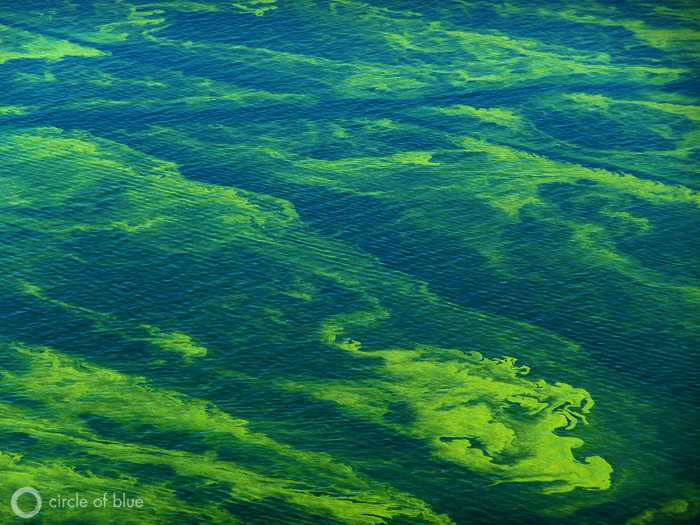FWP:
This whole ghazal has an unusual degree of internal coherence; for discussion, see {181,1}.
This verse seems to presuppose the previous verses, not logically-- since it's grammatically complete-- but semantically, since the questions of what greenery we're talking about, and why it would need extra space, and why that fact is worth mentioning, can only be answered with reference to the ghazal as a whole.
Here's an attempt to turn the repellent-- the smelly, oozy green scum that congeals on stagnant water-- into something charming: an essence of greenness, a verdant force of spring that is bound to burst out everywhere and in all forms. Does this movement of anti-grotesquerie succeed? (Or rather, in a verse as slight as this one, does the question even matter?)
Perhaps the kāʾī deserves some 'fresh-word' credit; this is its only appearance in the divan.

Bekhud Dihlavi:
He says, 'Greenery was begotten to such an extent that it covered the whole earth, and now when no space on earth remained for its growth, then out of necessity it began to manifest itself in the form of scum on the water'. (263)